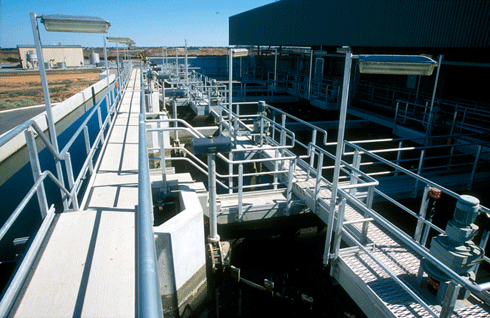
|
Published: 14 May 2012
Wastewater geothermal heats up
The City of Philadelphia’s Water Department has partnered with a US company, NovaThermal Energy, to host the first demonstration of commercial scale wastewater geothermal outside China.
Wastewater geothermal, also known as sewage geothermal involves pipes that divert waste water flow into a heat extractor, which is then used to heat and cool buildings.
The technology is already being used on a commercial scale in China where it was developed by Jin Da Di Energy Engineering & Technology in the city of Tianjin. Tianjin has a population of over 12 million. Its building code requires all new developments meeting certain criteria to evaluate the waste heat geothermal system.
The massive Southern Beijing Train Station, opened in August 2008 as a national technology showcase for the Olympics, is the largest building to-date using sewage geothermal, powered by NovaThermal technology.
At Philadelphia’s Southeast Wastewater Treatment Plant, NovaThermal has installed and will operate a wastewater geothermal system providing building heat to one of the buildings at the plant. The NovaThermal unit is in the building’s basement where it can directly access the adjacent sewage channel.
Temple University is providing mechanical, hydraulic and system analysis and will publish a white paper on the energy efficiency of NovaThermal’s wastewater geothermal system.
NovaThermal believes the pilot will demonstrate an ability to provide heat at approximately 50% of current costs.
Source: NovaThermal




